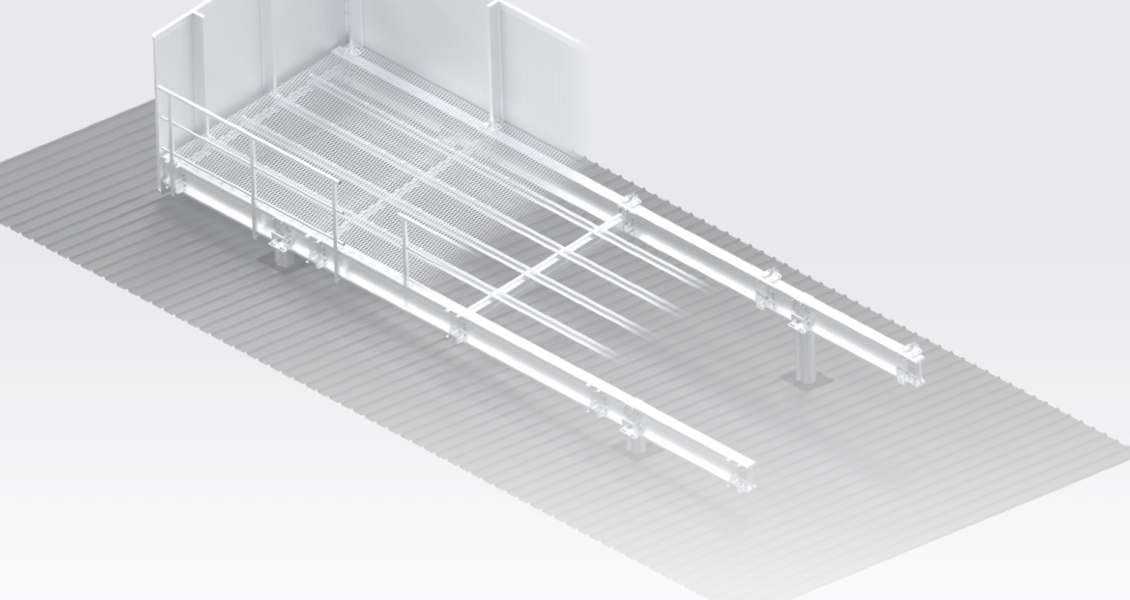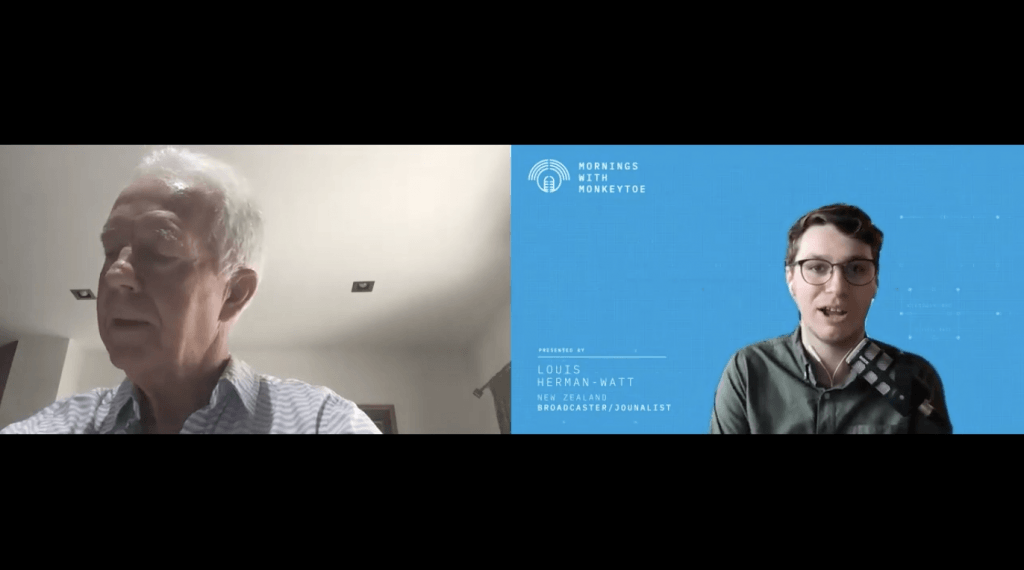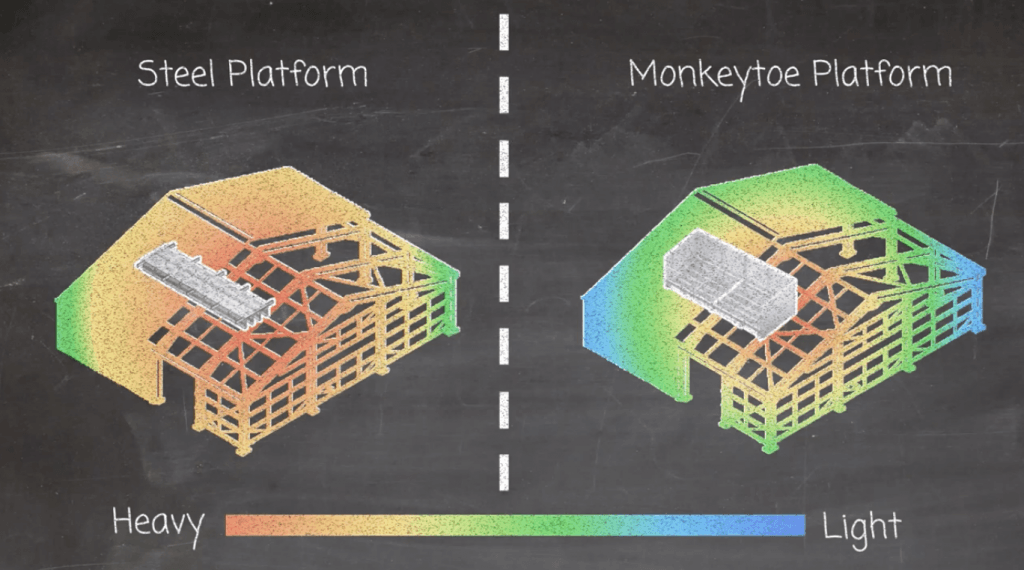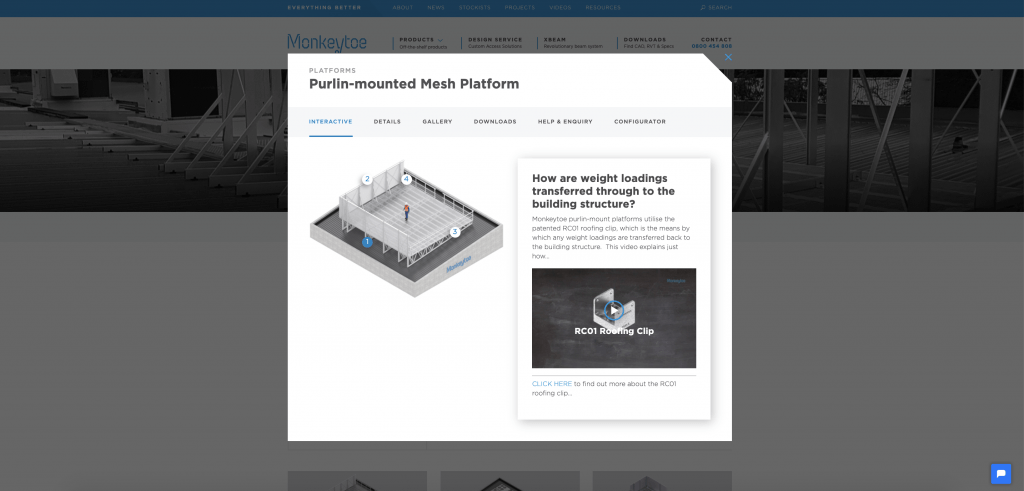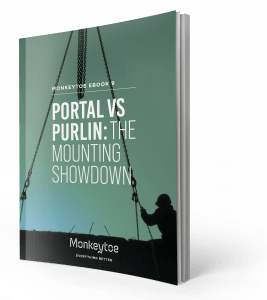Check out what's been happening at Monkeytoe in May in our latest monthly news feature.
A note from Budd
Hi everyone,
This month, we’ve been thinking about the people who make our team strong. Firstly, we’ve had some fantastic staff additions in the last few months – adding a great structural engineer and skilled members in the design and drafting team. We’ve also brought in great people to our customer service team and boosted our project coordination support. And we’re all driving towards a better Monkeytoe experience.
That’s extended nicely into our Mornings with Monkeytoe, our four-part series where we talked to innovators in the industry to find out the impact of a better, stronger solution with XBEAM. Check out the highlights below and head over to our content page to watch the videos.
We also sat down again with our R&D expert Glen Thomas. Seismic loading and wind loading might sound worlds apart, but they result in the same kinds of stresses and loads on a structure. Glen’s taken some time to explain how we design our solutions with all stresses – and safety – in mind.
We’ve also updated our website to feature interactive elements for every product. You can check out every product and learn more about the Monkeytoe advantage.
And lastly, our latest ebook Portal vs Purlin: The Mounting Showdown is available on our website. Check it out – and find out which one comes out on top.
Our team’s continually growing and going from strength to strength – as are our solutions. And we’re glad you’re here with us.
Cheers,

Budd Prestidge, General Manager
Mornings with Monkeytoe
Last month, we launched Mornings with Monkeytoe, a limited four-part series exploring the latest innovations in the industry. Each week NZ broadcaster and journalist Louis Herman-Watt chatted with the brains behind XBEAM, a senior structural engineer, and individuals who have experienced first-hand the XBEAM advantage on their projects.
Fresh off a holiday, Rowan Neville took front stage in episode one. As a structural engineer with Kusch Consulting, Rowan is deep into analysis and verifying the structural capacity of any platform put forward. He knows that weight limitations are a serious issue in the industry – and that the XBEAM definitely fills the niche where you’re “trying to get bang for your buck – a fit-for-purpose solution that doesn’t require any modifications to the existing building.” How’s that for taking aerospace tech to the building industry?
In episode two, Louis talked with Logan Klenner, the ‘father of the XBEAM’. Logan’s been instrumental in shaping how we chart a course forward, speaking with Louis about the XBEAM development process and how it’s changing the market and raising the bar. A novel solution requires novel thinking, so be sure you check out his video for a glimpse into his process and the wide-reaching benefits of our innovation, and some insights as to where Logan thinks the industry’s going next.
Next up, we spoke with Craiger Hargesheimer, Managing Director and Site Supervisor at Lonestar Construction. He’d heard about our work, but it wasn’t until he was completing a furniture store project that he had a chance to see a Monkeytoe up close – and was won over by the longer, lighter, stronger XBEAM. Later, he’d be convincing the Target Road Project clients to choose XBEAM over steel – a solution that required more investment up front, but as Craiger pointed out, “the first step of the job is not the place to save all your money – while you spend a bit more money [on an XBEAM], you’ll find better savings elsewhere.” Check out his video to find more out about his experience working with us and how we worked together to create some superb solutions.
And finally, Louis was joined by Edward Bowden, Contracts Manager of Buildcorp, who’s helming the Valley Metro Project, an extensive renovation of a shopping centre over a train station. For around 500sqm of platform, the builders wanted something they knew – a traditional steel solution. So how did they come to realise that, when weight is a factor, an innovative beam and platform would set the project apart and deliver above and beyond what was expected? You’ll just have to watch episode four to find out.
It’s been fantastic to run Mornings with Monkeytoe, a big thank you to Louis Herman-Watt for hosting and our guests and audience for joining us.
Getting a grip on Monkeytoe’s seismic and wind performance
We sat down once again with our R&D expert and Monkeytoe innovator Glen Thomas to talk about how we take on board seismic performance and wind loading – and why it pays to be prepared.
If you’ve read our ebook on vibration, you’ll know that we have to take seismic and wind loading pressures seriously across Australasia. In Australia, we expect some serious wind loading on equipment – and by proxy, on platforms and roofs. In New Zealand, earthquakes are a fact of life, and can strike with any intensity and at any time.
Both stresses are governed in similar ways – and we’re on top of them. Especially since the higher you are, the more keenly vibration and seismic activity is felt. That means that our platform and load-bearing solutions at the top of structures need to withstand some significant forces – a 100kg unit might exert 300kg of sideways pressure in a wind gust.
Here’s three great reasons why Monkeytoe platforms and the XBEAM are better for vibration and seismic activity.
Firstly, they’re lighter. We’ve been talking about this for a while now – how we’ve engineered the XBEAM to have better strength and span than steel alternatives, while only weighing a fraction of the amount. A light strong platform means you aren’t sacrificing precious weight that could be used for equipment, and your building or structure will be under much less stress than if you’d loaded a heavy steel option.
Secondly, we’ve designed our platforms to simply work better. Our platforms are high in strength and low in density; combined with a unique cross-bracing design, there’s less stress, but also better absorption of vibrations of any size and shape.
We’ve also developed our fixings like the RC01 to distribute weight to your building’s structure. So if – or rather, when – a shake or gust occurs, the stress is transmitted to your roof and not the untested parts of the building (like the flashings).
What’s surprised us is how many builders and designers – especially in Australia – are only just finding out about the vibration and stress performance of a loaded platform. Because we’re working on both sides of the Tasman, we’ve sharpened our pencils and made sure that we’re 100% code compliant with all relevant AS/NZS1170 (including .2 for wind, plus .4 for Australia and .5 for New Zealand’s unique requirements). Plus, our designs are also compiled in our configurator to see how they’ll behave in real time, and analysed by our engineers to take into account the site location, soil classes, wind zones, and the height above ground.
We’ll keep pushing the boundaries of what’s possible with platforms – but it always comes back to safer, smarter thinking that’s keeping our people and our equipment safe on your site, whatever the weather or the world throws at it.
We’re live and interactive on the website
We have pulled out all the stops and upped the capability on our website.
Head over to the website, and you’ll be able to see every product – and click on different elements to see more information about how they’re put together and the Monkeytoe advantage at each and every step.
For example, if you’re looking at the Purlin-mounted Skeletal Platform, you can check out how weight loadings are transferred with our RC01 clip, or why we recommend an off-the-shelf condenser mount for mechanical plants over 300kg.
Dive into every one of our products – and speak to a Monkeytoe expert today to find out what the best option is for your project.
Download our new eBook: Portal vs Purlin: The Mounting Showdown
In our first ebook, we pitted aluminium and steel against each other – with aluminium coming out on top for sustainability, durability and corrosion resistance, performance and ease of use. Little wonder it’s the backbone of what we do here at Monkeytoe.
For our latest ebook, however, we took on a bigger challenge: mounts.
Mounts are a reality of any building. Whether you need an access solution or a platform for a roof-mounted air conditioning unit, having secure, reliable mounts is as important as solid walls and structural stability. But not all mounts are made equal – and not all situations are prepared for all types of mounts.
Check out our latest ebook, Portal vs Purlin: The Mounting Showdown here, and discover where, why and how you might use portal/rafter or purlin mounts – especially for your platforms and equipment.


